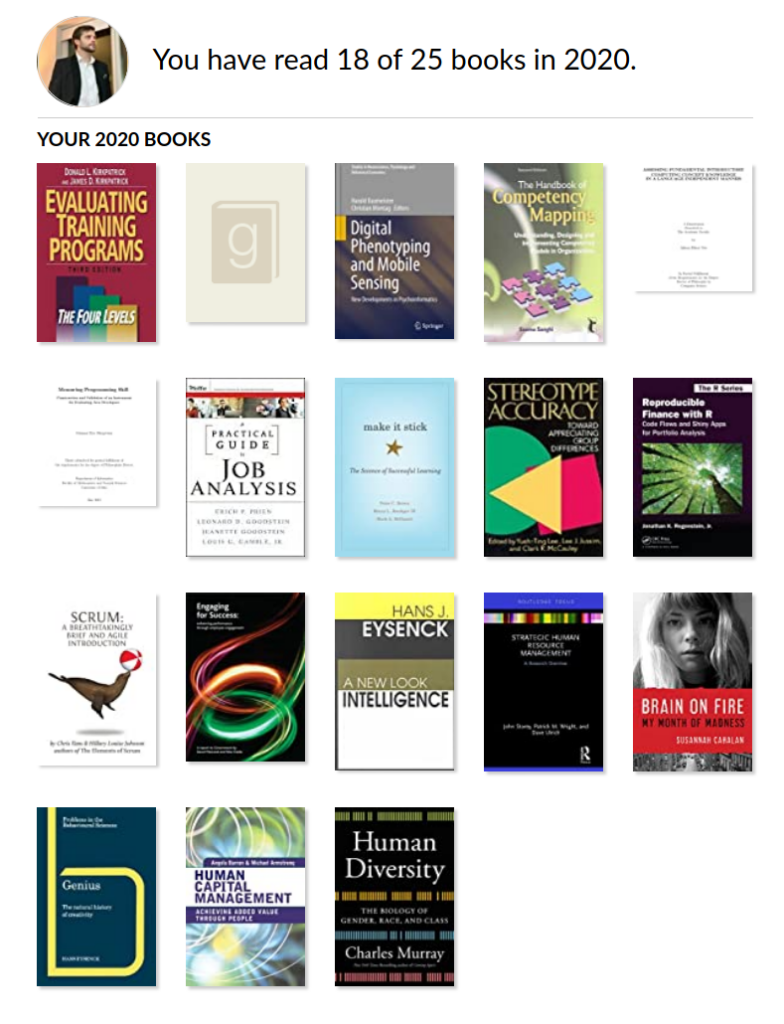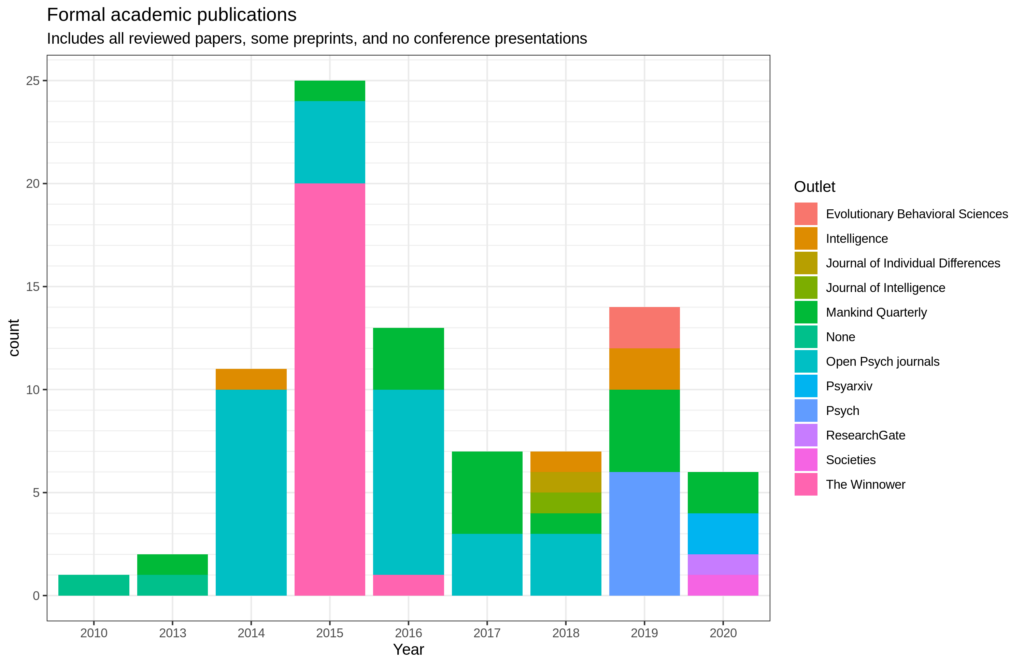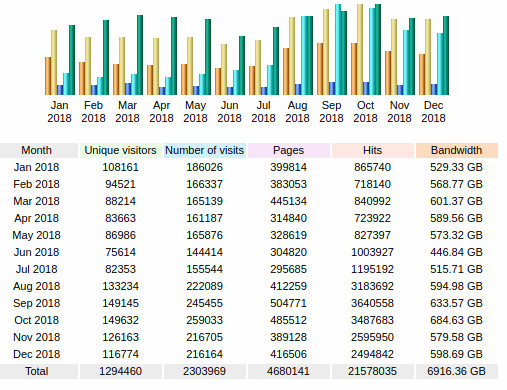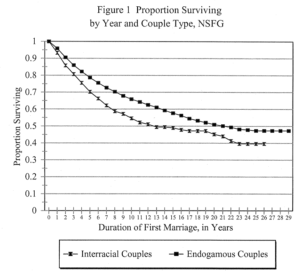Recently I read some studies in human resource management that goal setting is good for getting shit done. E.g.:
- Locke, E. A., Shaw, K. N., Saari, L. M., & Latham, G. P. (1981). Goal setting and task performance: 1969–1980. Psychological Bulletin, 90(1), 125–152. https://doi.org/10.1037/0033-2909.90.1.125
-
Latham, G. P., & Locke, E. A. (1991). Self-regulation through goal setting. Organizational behavior and human decision processes, 50(2), 212-247.
- Locke, E. A., & Latham, G. P. (2002). Building a practically useful theory of goal setting and task motivation: A 35-year odyssey. American Psychologist, 57(9), 705–717. https://doi.org/10.1037/0003-066X.57.9.705
The authors summarize 35 years of empirical research on goal-setting theory. They describe the core findings of the theory, the mechanisms by which goals operate, moderators of goal effects, the relation of goals and satisfaction, and the role of goals as mediators of incentives. The external validity and practical significance of goal-setting theory are explained, and new directions in goal-setting research are discussed. The relationships of goal setting to other theories are described as are the theory’s limitations.
These old reviews are not terribly convincing given the replication crisis. But there’s this kind of study:
-
Landers, R. N., Bauer, K. N., & Callan, R. C. (2017). Gamification of task performance with leaderboards: A goal setting experiment. Computers in Human Behavior, 71, 508-515.
The use of leaderboards is a common approach to the gamification of employee performance, but little is known about the specific mechanisms and mediating processes by which leaderboards actually affect employee behavior. Given the lack of research in this domain, this study proposes goal-setting theory, one of the most well-established motivational theories in psychology, as a framework by which to understand these effects. In this study, a classic brainstorming task is gamified with a leaderboard in order to explore this. Participants were randomly assigned to four classic levels of goal-setting (do-your-best, easy, difficult and impossible goals) plus a leaderboard populated with initials and scores representing identical goal-setting conditions. The presence of a leaderboard was successful in motivating participants to performance levels similar to that of difficult and impossible goal-setting, suggesting participants implicitly set goals at or near the top of the leaderboard without any prompting to do so. Goal commitment, a common individual difference moderator in goal-setting theory, was also assessed and behaved similarly in the presence of the leaderboard as when traditional goals were provided. From these results, we conclude that goal-setting theory is valuable to understand the success of leaderboards, and we recommend further exploration of existing psychological theories, including goal-setting, to better explain the effects of gamification.
…
A total of 339 participants from a university in the southeastern United States were recruited through the research subject pool. They received either course credit or extra credit for participation.The mean age of participants was 22.40 (SD¼6.85), and all participants were over 18 years of age. The sample was .3% (N¼1) high school students, 31.9% (N¼108) freshmen, 21.2% (N¼72) sophomores, 26.0% (N¼88) juniors, 17.4% (N¼59) seniors, 2.4% (N¼8)returning or non-traditional students, and three participants chose not to respond. With respect to gender, 76.7% (N¼260) were female, 22.7% (N¼77) were male, .3% (N¼1) was transgender, and one participant opted not to respond. There were 55.5% (N¼188)White, 22.7% (N¼77) Black, 7.4% (N¼25) Asian, .9% (N¼3) Native American, 1.8% (N¼6) Hawaiian or other Pacific Islander, 7.4%(N¼25) mixed race, 3.8% (N¼13) other ethnicity, and two participants opted not to respond.
Results:
Personal goals
So let’s grant goal setting works. What goals can I set for myself?
Reading books
First, I do reading goals every year on GoodReads. So far this year, 2020:
So, the goal was way too easy. I set it fairly low because I barely got through last year, mainly due to having a lot of coding to do I think.
| year | goal | read |
| 2013 | 30 | 62 |
| 2014 | 40 | 82 |
| 2015 | 70 | 30 |
| 2016 | 30 | 33 |
| 2017 | 30 | 30 |
| 2018 | 25 | 26 |
| 2019 | 25 | 27 |
| 2020 | 25 | ? |
We can extrapolate to end of year. If I am at 18, and today is the 106th day of 2020, then that’s 106/366=29% of the year done. So we linearly project to end of year and we get 18/.29 = 62ish books. This is doable perhaps, I read 82 books in 2014, but that was as a student without full time job. 25 books a year now seems reasonable. Diminishing returns in reading books vs. scientific papers vs. writing own material. This brings us to.
Writing blogposts
So far in 2020, I have written 33 blogposts (using the archive page), not including this one. As before, we can extrapolate to end of year, giving 18/.29 = 114ish.
| year | goal | wrote |
| 2007 | 1 | |
| 2008 | 18 | |
| 2009 | 119 | |
| 2010 | 60 | |
| 2011 | 78 | |
| 2012 | 203 | |
| 2013 | 88 | |
| 2014 | 89 | |
| 2015 | 117 | |
| 2016 | 88 | |
| 2017 | 96 | |
| 2018 | 68 | |
| 2019 | 64 | |
| 2020 | 114 | ? |
I don’t really recall the reason why it varies so much over the years. The extrapolation to 114 seems pretty dangerous given the previous 4 years averaged close to 80! Well, set difficult goals, they say, so 114 it is. I think I have generally moved a lot of my writing to formal papers, so let’s go there.
I guess one way to get more exposure here is to get Ron Unz to sync my blog content to his site. That would also give me a comment section without having to deal with spammers.
Formal publications
These include anything fairly serious. I am excluding work related writings unless made public. By my count in my beta website, I have published 99 formal publications of some sort. I include 2 preprints here I expect to publish maybe for reals in the near future. However I did not include a few older preprints that I don’t think will go further in their current state. Looks like this:
So far this year, I am at 6. So the usual extrapolation gives us expected value of 21ish. Way too high. 10 seems like fairly safe bet, but 15 is possibly doable if I include some decent preprints in the count. I have 2 reviewed papers coming out this summer issue of MQ, but one of them is already counted above as a preprint. I imagine another 2-3 in the autumn and winter issues. Have 2 papers in review at Intelligence, not sure if they will get through the censors.
For those wondering, in 2015, I was much more optimistic about the speed at which scientific publishing would move towards preprints (see e.g. 2014’s Costs and benefits of publishing in legacy journals vs. new journals). I went heavy into an early model, Winnower. This service is still up, but mostly it is redundant now with the various *rxiv sites (psyarxiv, biorxiv, OSF preprints, socarxiv, etc.), which have better interfaces and free DOIs (without finalizing the document). Neither I nor anyone else ja published in OpenPsych in a while. Not because it’s dead as such, just that it needs some coding work done and I haven’t had the time! Hopefully, with my new job, I will pay some guy to finish it up. The plan is to convert the forum software to Django and have it be properly integrated with the main site. It’s about 70% done, I would say.
I run a half-way popular Twitter these days. There’s no knowing when the Woke police decides to shut it down but for now, seems I am OK. I haven’t received any violations in recent times that I can recall. Quick search didn’t find any tool providing follower data back in time. We can however rely on archived versions of the profile insofar as they exist. Here’s the first archived one from 2014, fairly embarrassing (overly pompous) by today’s standards. Back then I had another idea about self-presentation which was to keep it as accurate as possible even if it sounded bad or narcissistic. I manually compiled the follower counts from the first available date in the year. Then I fit two simple predictive models to forecast the value by 2021-01-01. Looks like this:
Alright, so looks like the expectation here is about 11.8k, call it 12k for good measure.
Youtube
Late in 2019, I started getting more serious about doing videos, naturally on Youtube. I don’t intend to get money from Youtube since they will demonetize me for certain. Instead, I try to get money from single donations from private contacts, as well as a regular stream of donations to Subscribestar and our research nonprofit organization. So far, it has been reasonably successful I think. Going back on topic, I don’t see an easy way to get subscriber count history either, but this site offers some data back to June 2019. I had about 200 followers to begin with from minor posting of previous videos from the London Conference on Intelligence.
Looks like it expects about 2.7k, so let’s aim for 3k by start of 2021. I do plan to be more active with this. Presumably, if I go on some big show, I can get a few thousand subs transferred. I did go on Ed Dutton’s show once (that video is currently deleted/private) and years ago, on Thinking Ape’s channel, but I could repeat that with various other people.
Website traffic
I don’t keep track of the website traffic generally speaking. However, my webhost offers some limited statistics in plot format.
Seems to be declining lately. This is probably because I had to take the site down a bit due to hack attacks. It’s currently clean, I think. These attacks are also why you can’t share the page on Facebook. It’s NOT due to Facebook censoring it covertly for political reasons.
Forecasting
I also want to commit to doing 100 forecasts on Metaculus. I am at 6 right now, began a few days ago. My profile is in my own name, so let’s see if I have what it takes. This site is probably mainly used by fairly nerdy and good forecasters, so I don’t expect to be anywhere close to the top. This is a cooler alternative to Good Judgment Project (https://www.gjopen.com/). There’s also a few others like this worth mentioning: https://www.replicationmarkets.com/, and https://www.maby.app/. For the latter see their launch blogpost here, and our related but independent preprint on forecasting COVID consequences here.













